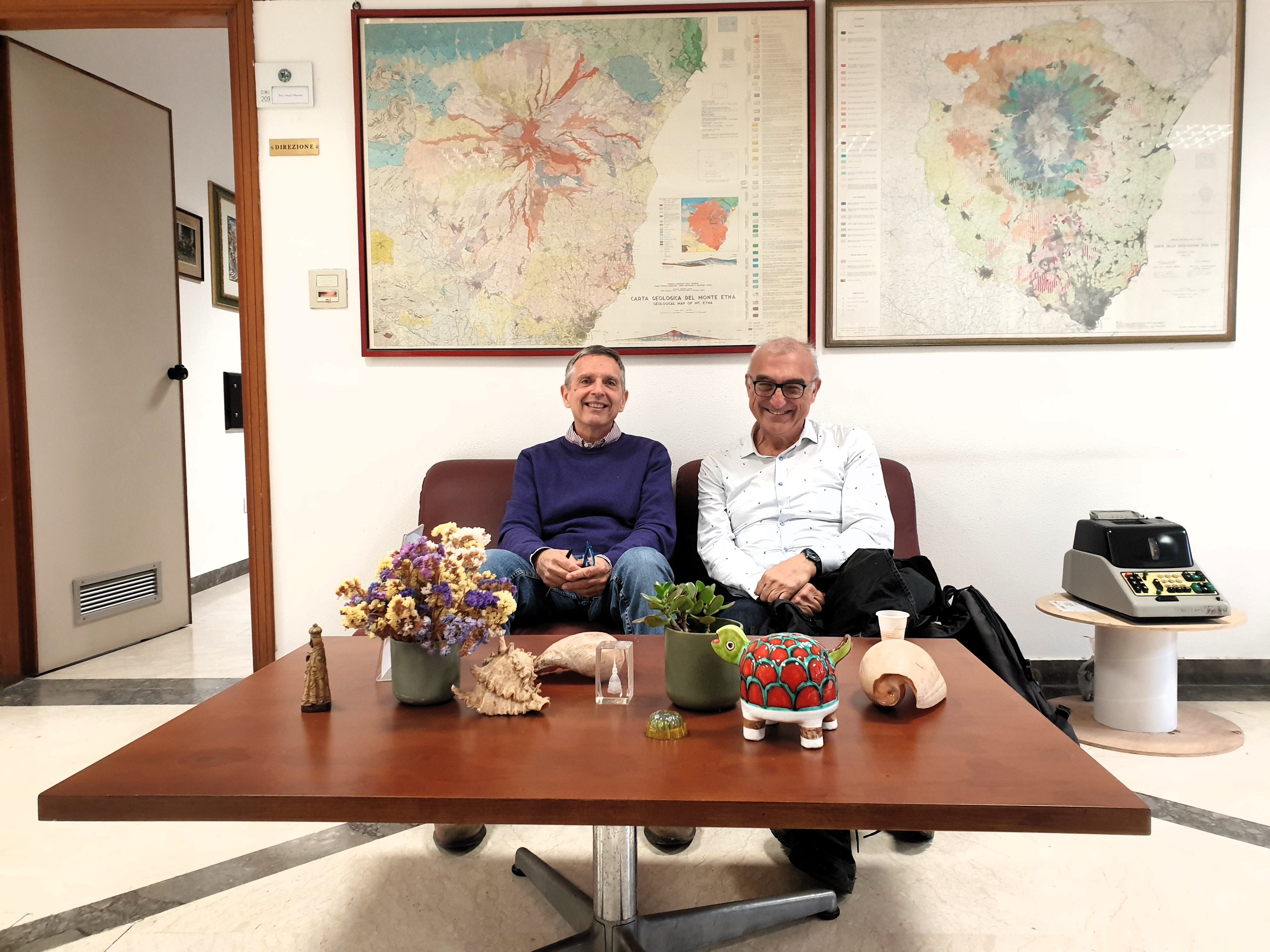Seminario - Prof. R. Murat Demirer Cognitive Synchronization of Neurodynamics with Large Scale Integration, Metastability and Flows from EEG Acquisition
Mercoledì 17 aprile alle ore 15,00 presso l'Aula Anile all'interno del Dipartimento di Matematica e Informatica si terrà la lezione del docente prof. R. Murat Demirer, Università Isik, Turchia, dal titolo Cognitive Synchronization of Neurodynamics with Large Scale Integration, Metastability and Flows from EEG Acquisition.
La lezione, all'interno del corso Heuristics & Metaheuristics for Optimization & Learning, è aperta a tutti anche in modalità remota seguendo il link sopraindicato su TEAMS.
The human brain consists of approximately 86 billion neurons and an estimated 100 trillion synaptic connections and 85 billion glia cells in the human brain, about the same number as neuron numbers based on very small energy consumption in a very limited curved volume, making it comparable in complexity to the universe. In this talk, we'll look at how electroencephalogram (EEG) data is processed using signal processing methods to understand the complex brain signals underlying cognition and neural synchronization . Metastability, synchronization, and large-scale cognitive integration that are intertwined will be the main foci of our talked that can all be explained in hyperbolic space.
The brain's ability to quickly adapt and function shows how phase transitions and amplitude modulation patterns are crucial for geodesic paths rather than the states. Our findings also shed light on the open thermodynamic mechanisms of the brain, embedded in non-equilibrium system that, in order to sustain cognitive function, oscillates between states of order and chaos through geodesic paths with minimal energy consumption. This method sheds light on the ways in which the brain's mesoscopic structures facilitate the coordination of different topology of neuronal assemblies.
Our results cause to new biomarkers for neurological and psychiatric illnesses. Conditions like bipolar disorder (BD) and obsessive-compulsive disorder (OCD) may be amenable to novel treatments if our knowledge of brain dynamics advances.
